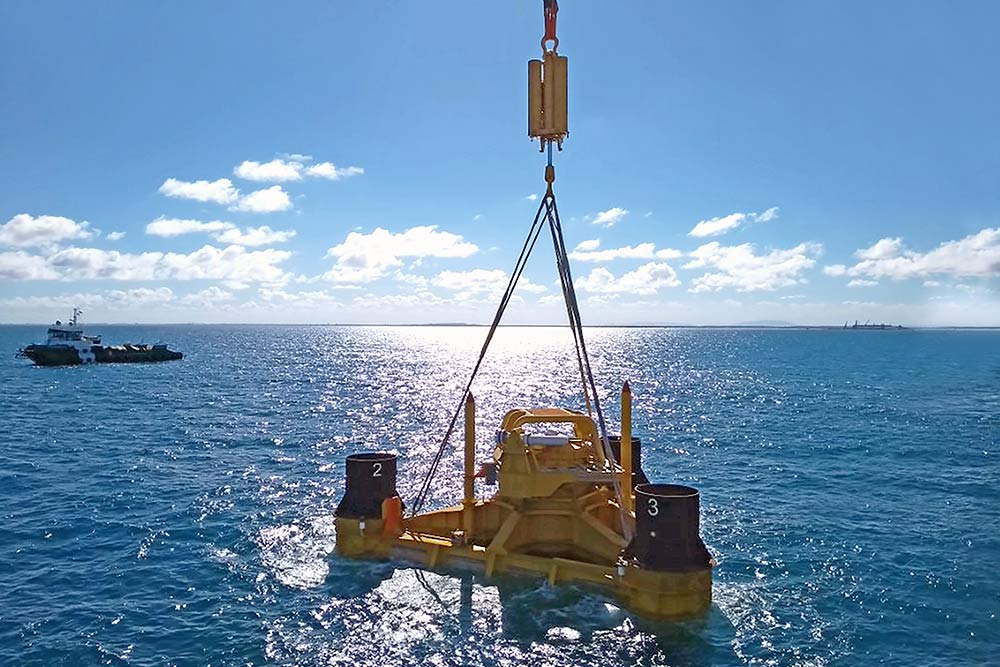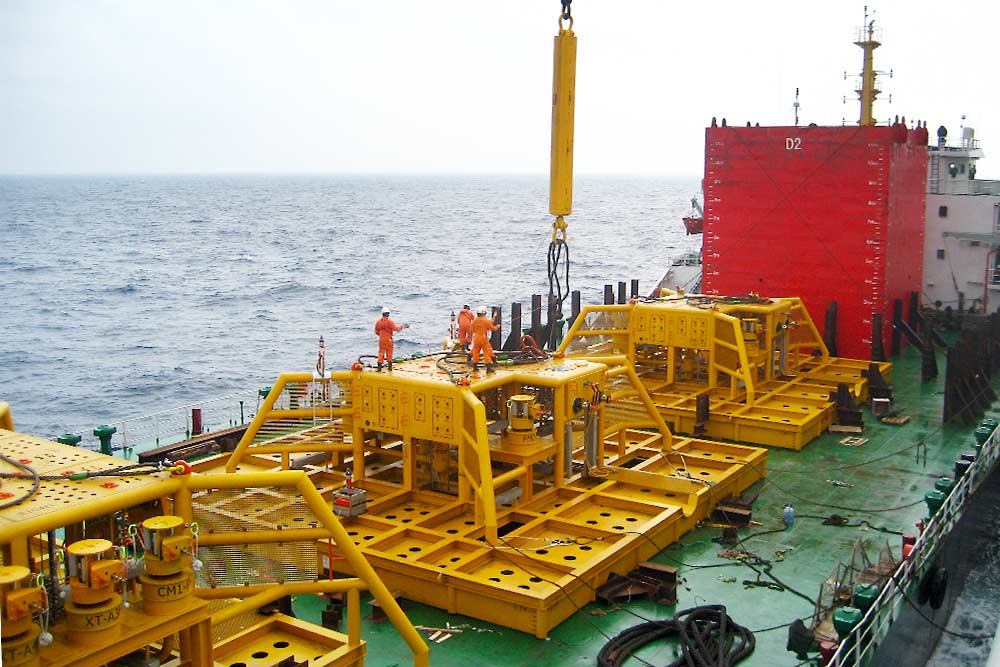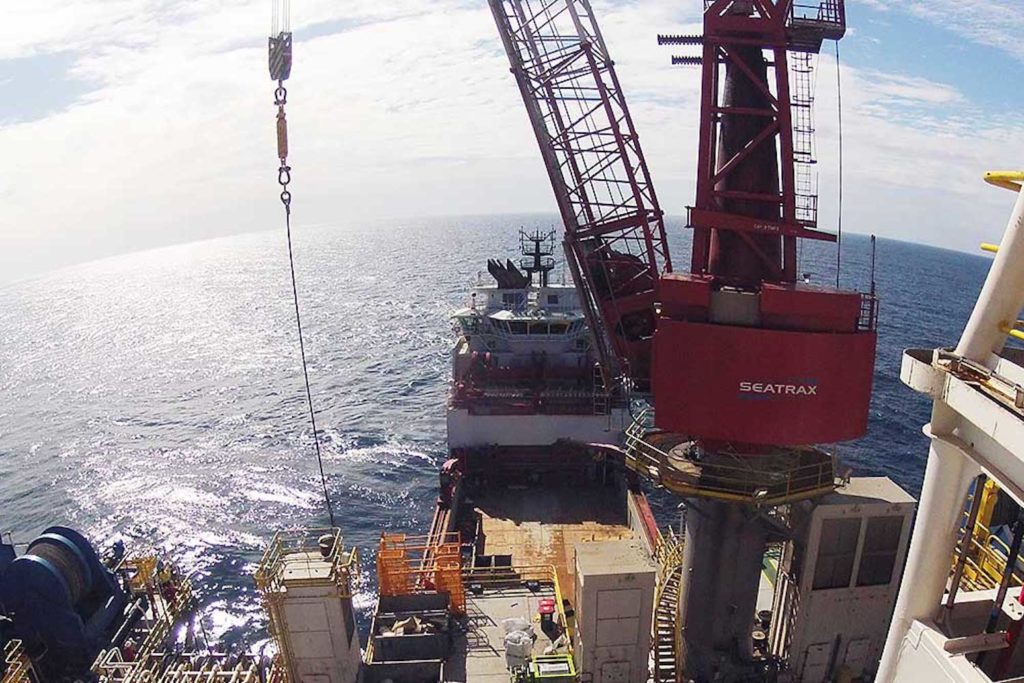
Oil & Gas
From small in-air lifts of a few ton up to the largest subsea manifolds of more than 1000 ton, Cranemaster has the right units to remove slack slings, shock loads or unwanted motion. We provide lift analysis and have expertise and equipment for every phase of the oil & gas lifting operation.
Typical applications where Cranemaster should be considered
- Ship-to-ship lifting, reducing snap loads and/or avoid re-contact.
- Splash zone crossing, reduce risk of slack slings and snap loads.
- Subsea lowering, reduce risk of resonance.
- Subsea landing phase, reduce landing velocity and motion.
- Recovery of objects from the sea floor, provide controlled tension in the crane when object is getting loose.
- Overload protection, use Cranemaster to protect valuable assets from excessive loads.




Talk to us about your project
Removes peak loads in crane and rigging during transfer lifts
Protection of crane and lifted structure in all lifting phases by reducing the dynamic amplification factor (DAF). Enables crane to maintain lifting capacity at increased wave height.
Learn more about Transfer Lifts
Splash Zone Crossing
Lifting through the splash zone is a key application area for Cranemaster. Many hundred spool systems, mud mats, manifolds and suction anchors have crossed the splash zone successfully supported by a Cranemaster unit.
Learn more about Splash Zone Crossing
Subsea Landing
As subsea structures get larger and more complex, landing speed of subsea structures becomes an increasingly important topic. The oil & gas industry extensively use Cranemaster to reduce motion for subsea lifting operations. Boom tip movements are picked up by the stroke of the Cranemaster unit and thereby limits the load movements.
Learn more about Subsea Landing
Resonance Avoidance
The concept of resonance has got increased focus recently as weight and water depths are increasing. Problems may occur when the wave period of the surface waves, and the frequency of the heave, generate boom tip movements which correspond to the system frequency of the load and wire. As a result, the heave may then create resonance movements in the subsea load and wire with destructive energy.
